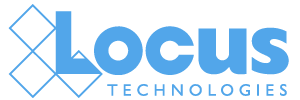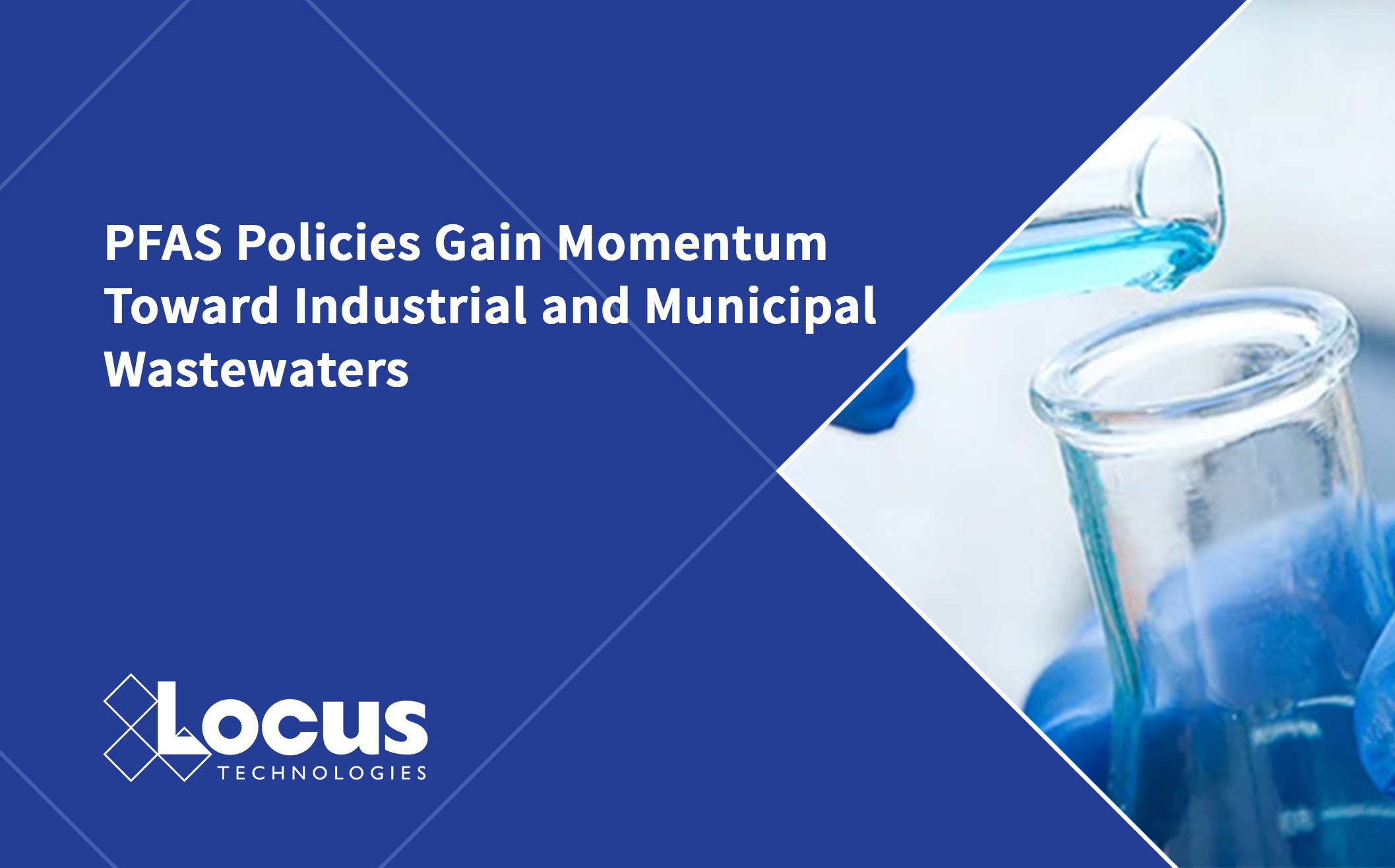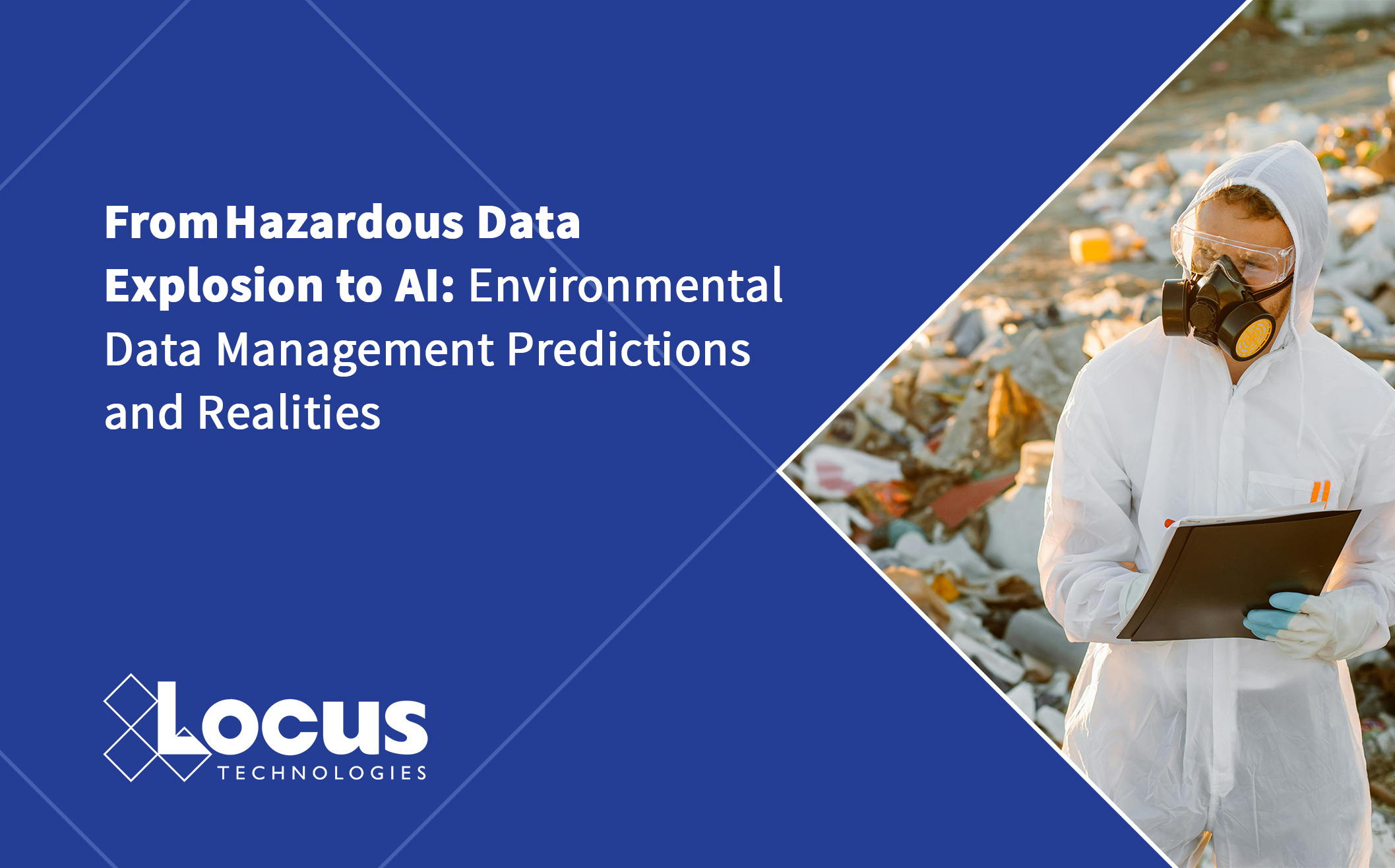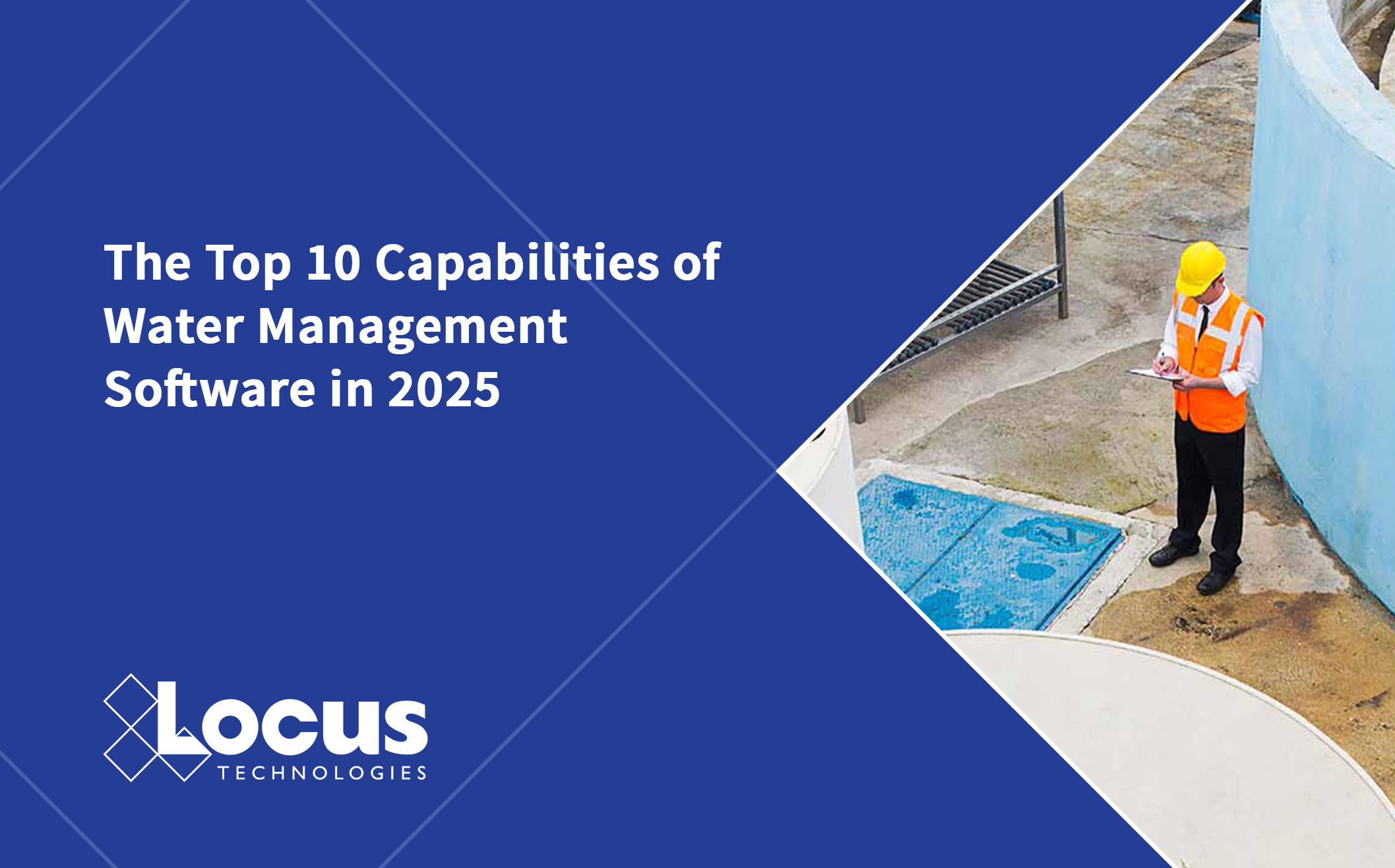
Reading Time: 3.5 minutes
TLDR: Water utilities face multiple priorities and pressures that can be simplified with technology. But what functionality should be considered table-stakes as they evaluate new software platforms? This article describes the transformative powers of things like mobile access, GIS, automated workflows, automated reporting, and purpose-built tools for specialties like backflow/cross-connection, volume/balance, water quality, stormwater and watershed inspections, assets and test equipment, industrial pretreatment and wastewater as utilities move towards agile, digital solutions.
Water utilities across the globe are facing increased pressure to deliver safe, affordable, and sustainable water services. From aging infrastructure and regulatory compliance to climate impacts and customer expectations, today’s water systems require smarter, faster, and more agile digital solutions. In response, modern water management software is evolving into a strategic tool for utility operations.
According to the 2024 Gartner Research report, Power & Utilities Trend: Water Companies Accelerate Digitalization Ambition, “technologies, such as cloud, Internet of Things (IoT), AI and the use of a data fabric to enable continuous intelligence, show promise to reimagine water management and operations.” These tools help utilities mitigate external pressures and support long-term goals of availability, affordability, quality, and sustainability.
“We are finding that water and wastewater utility companies are eager for digital transformation, but hesitant about where to begin,” said Laura Underwood, PhD, Director of Digital Water Solutions at Locus Technologies. “It’s important to start down a path that supports incremental change and ultimately unifies all the different moving parts in one integrated system.”
Here are the top 10 capabilities to look for when evaluating modern water management software solutions:
1. Automated Regulatory Compliance Reporting
Water utilities must comply with numerous local, state, and federal regulations. Look for solutions that streamline reporting for key requirements like Consumer Confidence Reports (CCRs), Monthly Operational Reports (MORs) and other Safe Drinking Water Act (SDWA) obligations. Automated scheduling, notifications, and templates reduce the risk of non-compliance and free up valuable staff time.
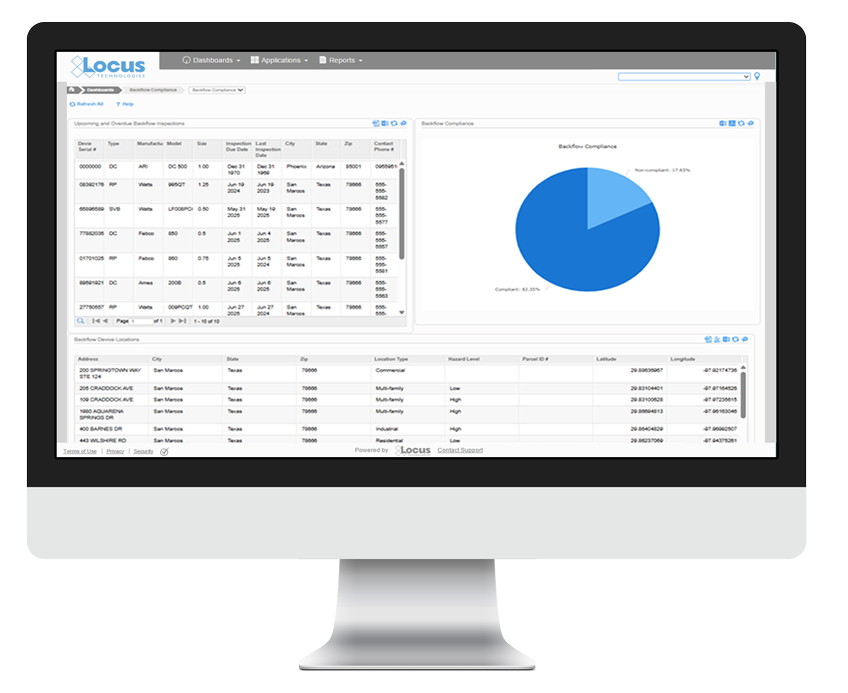
2. Centralized Data Management
Data in water utilities is often siloed across spreadsheets, lab systems, SCADA, ERP platforms, permits, and EHS or ESG software. Cloud-based water management platforms consolidate these sources, providing a unified, real-time view of operations. As Gartner Research indicated, this “data fabric” architecture is important. It connects all your data sources and makes them work together in real time. It uses metadata, AI, and automation to deliver “continuous intelligence” across your operations, meaning data can be shared, discovered, and used contextually, no matter where it resides. Centralizing data enables better analysis, supports data integrity, and improves collaboration across departments.
3. Robust Security and Role-Based Permissions
Security is paramount for protecting critical infrastructure. A modern platform should offer role-based access controls (RBAC) and audit trails. RBAC ensures that only authorized users access specific data or tools, which is critical when collaborating with external stakeholders, regulators, and contractors. The right platform will foster collaboration inside and outside the organization, while keeping everything secure.
4. Purpose-Built Functionality for Key Water Programs
Generic systems can fall short in addressing the nuances of water operations. Purpose-built apps for programs like drinking water quality, cross-connection control, backflow prevention, watershed maintenance, stormwater inspections, industrial pretreatment, and wastewater management offer specialized tools that reflect current best practices and regulatory needs.
5. Task Management and Workflow Automation
Efficient utilities companies rely on well-orchestrated workflows. Look for systems that allow users to schedule tasks, create and assign work orders, manage investigations, conduct audits and inspections, and track incidents. Workflow automation reduces administrative overhead and ensures a timely response to operational events.
6. Asset and Equipment Management
Modern water systems involve thousands of assets, from pumps and valves to SCADA systems and test kits. Leading water management platforms include asset lifecycle management, preventive maintenance scheduling, test equipment calibration tracking, and integration with GIS. These tools improve asset reliability, reduce downtime, and support capital planning.
7. Geospatial Intelligence and Mapping (GIS)
The ability to visualize data spatially is a powerful advantage. Software that integrates with GIS enables users to map water flow patterns, asset locations, inspection routes, and service areas. This spatial intelligence enhances decision-making in planning, emergency response, and resource allocation.

8. Mobile Field Support
Field technicians play a critical role in daily operations, and mobile access is now a necessity. Mobile-enabled platforms allow users to enter data, view assignments, capture photos, and sync information directly from the field. This real-time access improves accuracy, speeds up reporting, and reduces back-office data entry.
9. Analytics, Dashboards, and AI Integration
Water utilities generate vast volumes of operational and environmental data. Look for platforms with customizable dashboards, trend visualizations, and advanced analytics. Integration with AI and machine learning can identify anomalies, predict failures, and recommend actions to optimize performance and reduce costs.
10. IoT Integration and Real-Time Monitoring
A key advancement in digital water management is the use of the Internet of Things (IoT) to capture continuous, real-time data from smart meters, flow sensors, pressure monitors, and other field devices. Software platforms that integrate with these IoT systems allow utilities to proactively detect leaks, track metrics (volume, balance, etc.), monitor system performance, and respond swiftly to anomalies. Real-time data supports predictive maintenance, operational transparency, and improved customer service.
Why These Capabilities Matter for Water Utilities
Modern water utilities companies must navigate a complex landscape of operational efficiency, regulatory compliance, and environmental sustainability. The right water management software unifies data, streamlines processes, and empowers teams with actionable insights. It reduces the burden on staff while improving service quality and public trust.
As Gartner notes, “cloud, IoT, AI and the use of a data fabric” represent strategic enablers for utilities accelerating their digital transformation. By prioritizing platforms that deliver these top 10 capabilities, utility leaders can better position their organizations to meet the water challenges of today and tomorrow.
By embracing these essential capabilities, water utilities can enhance service reliability, reduce operational costs, and future-proof their systems for decades to come.
Frequently Asked Questions
What is water utility software?
Water utility software helps manage operations, compliance, assets, and data for drinking water and wastewater systems, often using cloud, IoT, and mobile tools to improve efficiency, safety, and service delivery.
What are the main aspects of compliance reporting for water utilities?
Compliance reporting includes monitoring water quality, submitting mandated reports like CCRs and DMRs, tracking permit conditions, and ensuring regulatory deadlines are met to avoid violations and maintain public and environmental safety.
How is GIS used for water systems?
GIS helps water utilities map assets, visualize flow patterns, track maintenance, and plan service routes, improving decision-making, emergency response, and operational efficiency across drinking water and wastewater systems.
Why is mobile access important for water utility software?
Mobile access allows field teams to capture and view real-time data, complete inspections, and sync tasks on-site—boosting efficiency, reducing delays, and improving accuracy across daily water utility operations.
What is the main advantage of using a cloud-based water management platform?
Cloud platforms provide centralized, scalable access to data and tools, enabling real-time collaboration, system integration, and streamlined updates—while reducing IT overhead and improving operational resilience.
What types of assets do water utility companies need to manage?
Water utilities manage assets like pumps, valves, meters, pipes, treatment equipment, SCADA systems, sensors, vehicles, and test kits—each critical to ensuring safe, efficient, and compliant water service delivery.
What are some examples of IoT water monitoring devices?
Examples include smart water meters, pressure sensors, flow meters, leak detectors, water quality probes, and tank level monitors—each providing real-time data to optimize operations, detect issues early, and support proactive water system management.
Neno Duplan
Founder & CEO
As Founder and CEO of Locus Technologies, Dr. Duplan spent his career combining his understanding of environmental science with a vision of how to gather, aggregate, organize, and analyze environmental data to help organizations better manage and report their environmental and sustainability footprints. During the 1980’s, while conducting research as a graduate student at Carnegie Mellon, Dr. Duplan developed the first prototype system for an environmental information management database. This discovery eventually lead to the formation of Locus Technologies in 1997.
As technology evolved and new guidelines for environmental stewardship expanded, so has the vision Dr. Duplan has held for Locus. With the company’s deployment of the world’s first commercial Software-as-Service (SaaS) product for environmental information management in 1999 to the Locus Mobile solution in 2014, today Dr. Duplan continues to lead and challenge his team to be the leading provider of cloud-based EH&S and sustainability software.
Dr. Duplan holds a Ph.D. in Civil Engineering from the University of Zagreb, Croatia, an M.S. in Civil Engineering from Carnegie-Mellon, and a B.S. in Civil Engineering from the University of Split, Croatia. He also attended advanced Management Training at Stanford University.
Laura Underwood, PhD
Director of Digital Water Services
Dr. Underwood brings over two decades of leadership in the water and environmental sectors, most recently serving as Senior Director of Strategy & Innovation at Veolia. She has also held key roles in water utility management, including serving as the Director of Water Quality & Environmental Compliance for a Municipal Water business unit. A long-time contributor to the American Water Works Association (AWWA) and a passionate advocate for digital transformation, Laura has built a national reputation for advancing smart, sustainable water practices across the utility and industrial landscapes.
Locus is the only self-funded water, air, soil, biological, energy, and waste EHS software company that is still owned and managed by its founder. The brightest minds in environmental science, embodied carbon, CO2 emissions, refrigerants, and PFAS hang their hats at Locus, and they’ve helped us to become a market leader in EHS software. Every client-facing employee at Locus has an advanced degree in science or professional EHS experience, and they incubate new ideas every day – such as how machine learning, AI, blockchain, and the Internet of Things will up the ante for EHS software, ESG, and sustainability.
